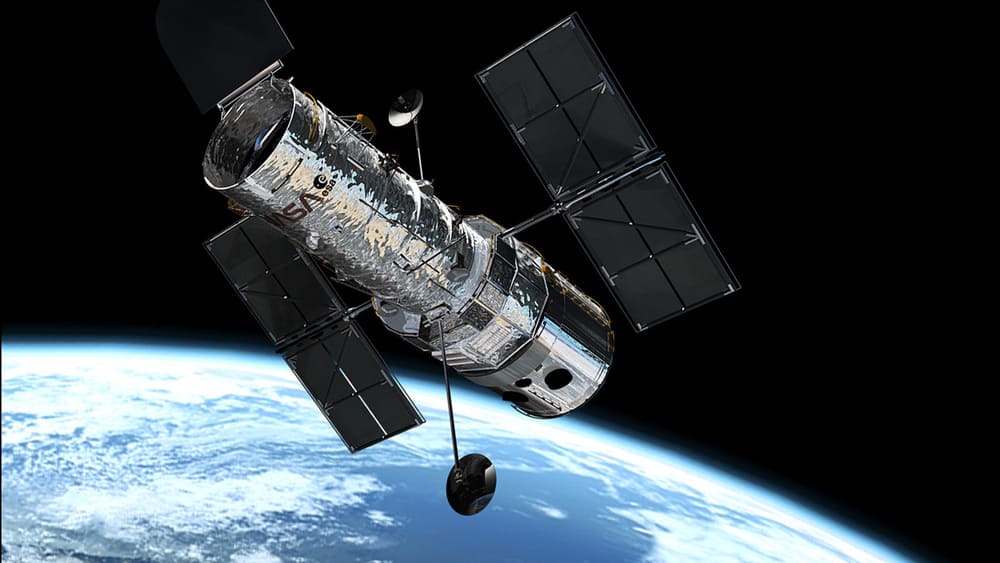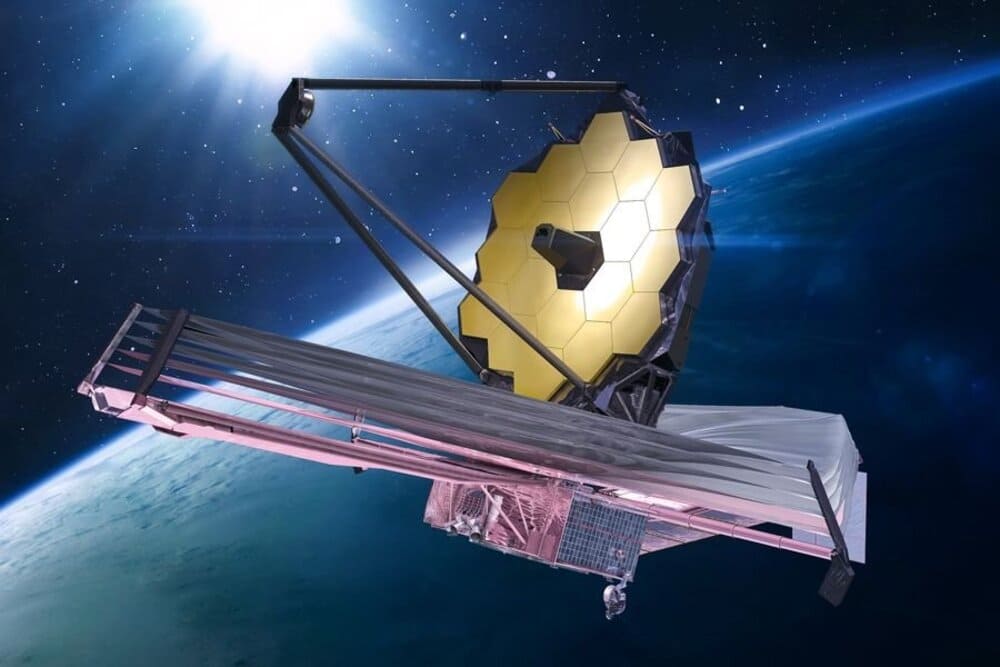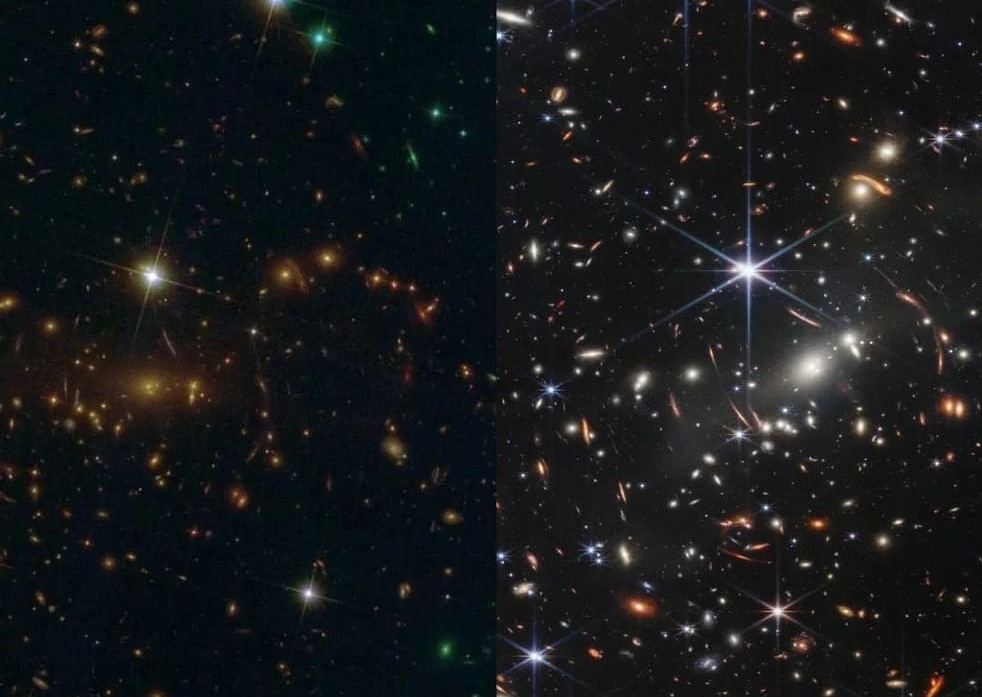The exploration of the universe has fascinated humanity for centuries. With the advent of advanced technology, space telescopes have become pivotal in unlocking the mysteries of the cosmos. Among the most notable are the Hubble Space Telescope (HST) and the James Webb Space Telescope (JWST). These orbital telescopes have revolutionized our understanding of the universe, providing unprecedented views of distant galaxies, star formations, and cosmic phenomena.
The birth of space telescopes
The journey of space telescopes began with the vision of extending our observational capabilities beyond the Earth’s atmosphere. Traditional ground-based telescopes were limited by atmospheric distortions, which hindered the clarity of celestial observations. The concept of placing telescopes in space emerged to overcome these limitations, allowing for clearer and more detailed images of the cosmos.
Hubble Space Telescope: a pioneer in space exploration

The Hubble Space Telescope, launched in 1990 by NASA, marked a significant milestone in astronomical observatories. Named after the renowned astronomer Edwin Hubble, the HST was designed to capture high-resolution images in visible light, ultraviolet, and near-infrared spectra.
Achievements of the Hubble Space Telescope
Hubble’s contributions to astronomy are unparalleled. It provided deep space observations that led to groundbreaking discoveries, including the accurate measurement of the universe’s expansion rate. Hubble’s images of galaxies, nebulae, and star formations have become iconic, enhancing our understanding of the cosmos.
Hubble’s deep field observations
One of Hubble’s most remarkable achievements is the Deep Field Observation, which captured thousands of galaxies in a single image, revealing the vastness of the universe. This observation allowed astronomers to study galaxy formation and evolution in unprecedented detail.
James Webb Space Telescope: the next generation

The James Webb Space Telescope, set to launch in 2021, is poised to take space exploration to new heights. Named after NASA’s second administrator, JWST is designed to observe the universe in infrared wavelengths, allowing for deeper exploration of cosmic phenomena.
Technological advancements of JWST
JWST boasts advanced technology, including a larger primary mirror and improved instruments for infrared astronomy. This enables it to detect faint cosmic signals, providing insights into the formation of stars, galaxies, and planetary systems.
Exploring exoplanets with JWST
A key focus of JWST is the study of exoplanets, planets outside our solar system. Its infrared capabilities will allow for detailed analysis of exoplanet atmospheres, potentially identifying signs of habitability and even life.
Comparative analysis: Hubble vs. Webb
While Hubble has provided extraordinary contributions to space science, JWST is expected to surpass its predecessor in many ways. The two telescopes complement each other, with Hubble excelling in visible and ultraviolet observations and JWST in infrared. Together, they offer a comprehensive view of the universe across different wavelengths.

Impact on cosmology and dark matter research
Both Hubble and JWST play crucial roles in cosmology and the study of dark matter. Hubble’s observations of cosmic background radiation have enhanced our understanding of the early universe, while JWST is expected to shed light on dark matter and dark energy through its advanced observational capabilities.
The future of space telescopes
The legacy of Hubble and the promising future of JWST underscore the importance of space telescopes in astronomical research. As technology continues to evolve, future space telescopes will likely offer even more sophisticated tools for exploring the cosmos.
Space telescopes like Hubble and James Webb have transformed our understanding of the universe. Their contributions to astronomy, from deep space observations to exoplanet studies, highlight the endless possibilities of space exploration. As we look to the future, these astronomical instruments will continue to push the boundaries of our knowledge, unveiling the secrets of the cosmos one discovery at a time.


